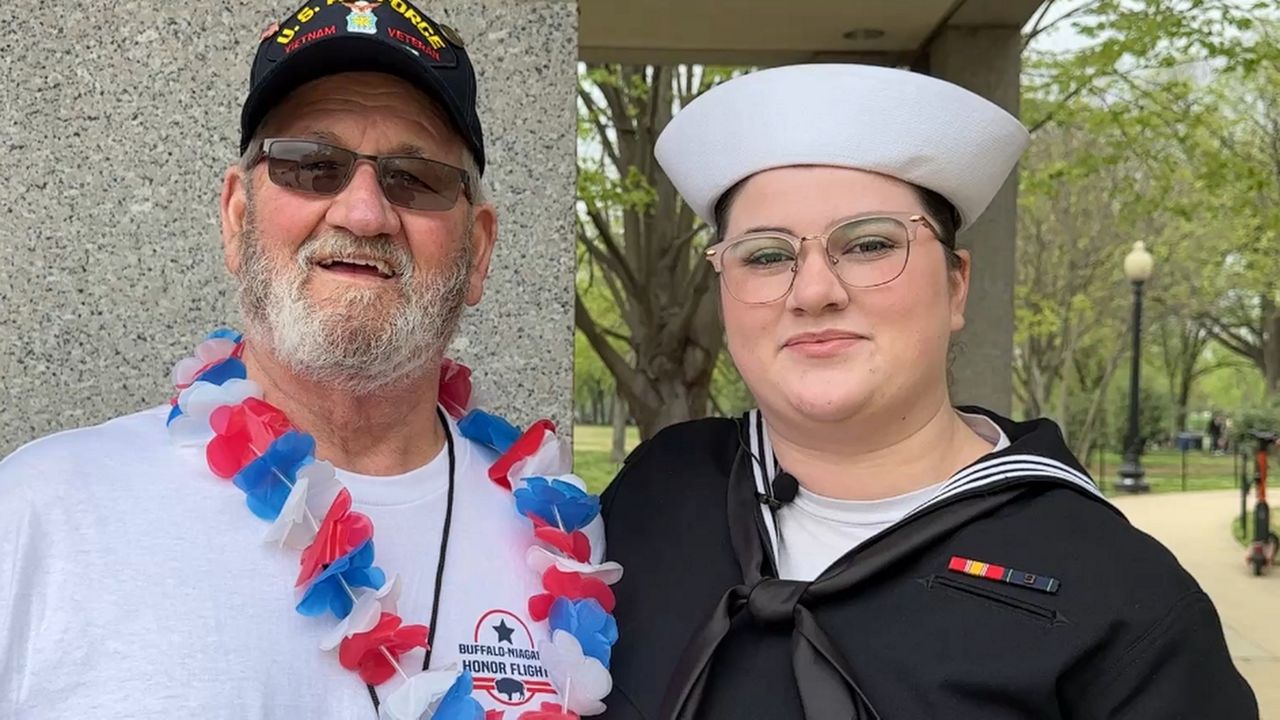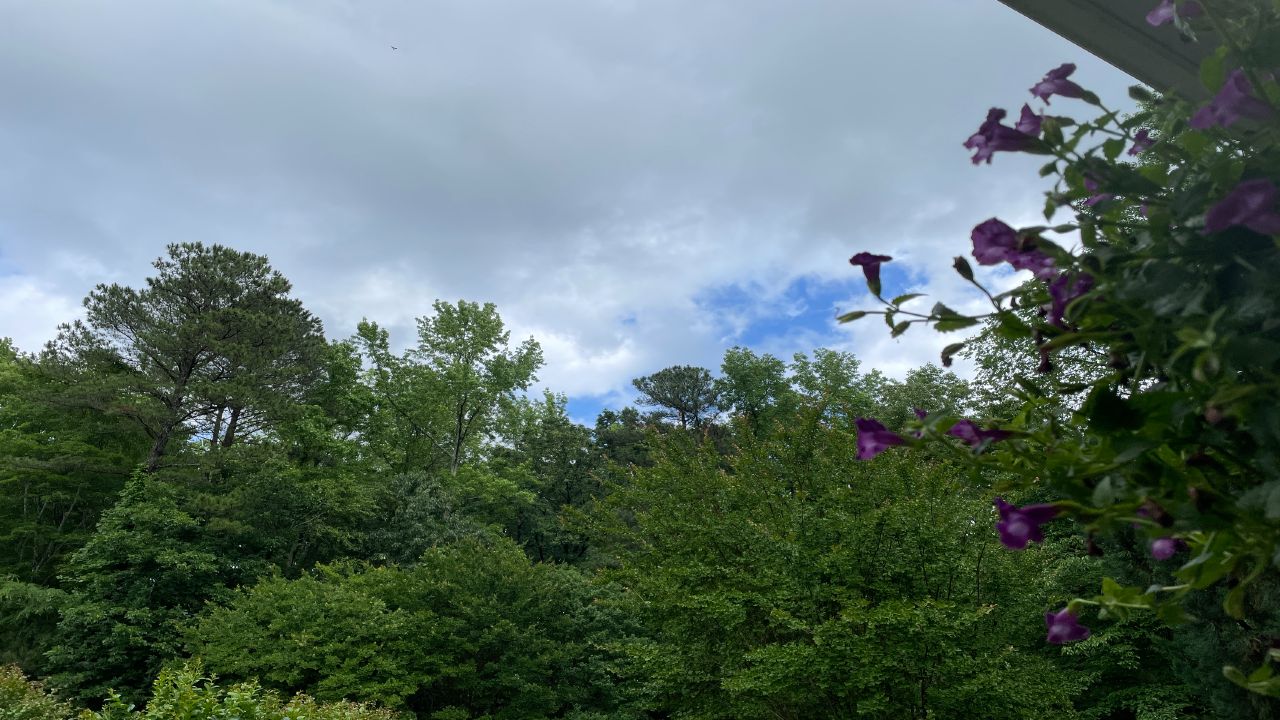BUFFALO, N.Y. — Black Buffalonians have not made progress over the past 31 years.
This is not an opinion, it is a statistically accurate statement. Socioeconomic factors, health disparities and housing inequities are just a few contributors to a system that was not designed to work for the city’s Black residents, according to an 85-page report from the University at Buffalo that breathed new life into a study prepared over three decades ago.
“We analyzed data from as far back as 30 years so that we could get a sense of the trajectory in 1990,” Henry-Louis Taylor, Jr., PhD, director for the Center for Urban Studies at the University at Buffalo School of Architecture and Planning, said. “Were we headed downward? Were we headed upward? If we were headed upward, what we could do to continue the momentum, and if we were headed down, what were the challenges that we faced?”
The findings - stagnant in most areas and worsening in others. “The Harder We Run: The State of Black Buffalo in 1990 And The Present” shines a light on some of the barriers to progression for the city’s East Side, which is 75% Black.
The East Side is largely underdeveloped compared to other areas that have influenced Buffalo’s so-called renaissance. A walk or drive through these neighborhoods reveals dilapidated homes, unoccupied lots and condemned properties.
“Some of the vacant lots that were vacant lots, literally when I was a kid, around this church are still vacant,” George F. Nicholas, pastor at Lincoln Memorial United Methodist Church, said. “And then, certainly, a lot of the social conditions in terms of business development and things of that nature, there just hasn’t been the kind of progress that should be happening in this region.”
The report explains how housing alone contributes to many disadvantages within the Black community. Health, for example, is cited as the top problem facing African-Americans. As Buffalo has one of the oldest housing stocks in the nation, many of its residential units are likely to contain substances that can cause serious health detriments.
“We looked deeply at the neighborhood setting and conditions, and the conditions were awful,” Taylor, Jr. said. “Blacks were trapped in substandard housing across the East Side. The average median year that houses were built on the east side was 1940. You do the math; these are old houses.”
Doing the math does indeed add more context. The Consumer Product Safety Commission cites houses built between 1930 and 1950 as those most likely to have asbestos as insulation.
An analysis of assessment roll data from Buffalo’s open data portal reveals that most of the properties built within this timeframe can be found in the 14215 zip code, which includes the Kenfield, Schiler Park and Delevan-Grider neighborhoods, all situated on Buffalo's East Side with a collective 84.9% Black population. The 14215 neighborhoods also rank fourth in having homes built between 1950 and 1978, which are those most likely to contain lead paint.
While there is no way to tell how many of these homes contain the harmful substances nor how they have affected residents, they are likely to cause health problems, which could reflect the link to the built environment and undesirable health outcomes in the Black community of Buffalo’s East Side highlighted in the study.
“African Americans who live on the East Side will be 300% more likely to have a chronic disease than a White person who lives outside of that community,” Nicholas said. “When you look at it and you look at the data, you really see clearly a tale of two life experiences.”
Following the money shows that renovating these homes and neighborhoods has not been a priority, despite a hundred seventy-nine million dollars being poured into the East Side between 2006 and 2016.
While harrowing, this is actually an example of how “The Harder We Run” brings a glimmer of hope. The lack of progress for Black Buffalo is a result of issues that have not been addressed over the years. Now that these struggles have been brought to light, the study serves as a call to action for the real work to begin.
“The way we think about the potential, the possibility of a better community, we have to shift that and then begin to roll up our sleeves and work together,” Nicholas said.
“If you look, we’re in a battle in this country today,” Taylor said. “It’s a battle for the hearts and the minds of the American people. It is a battle for whether or not we will build an America that is a shining beacon on the hill, or whether we will build a dark place that people will hate and despise.”
A hope that Black Buffalonians, engrained in the neighborhoods, streets, and communities of the city for generations, will see figures change for the better within the next 30 years, starting now.













